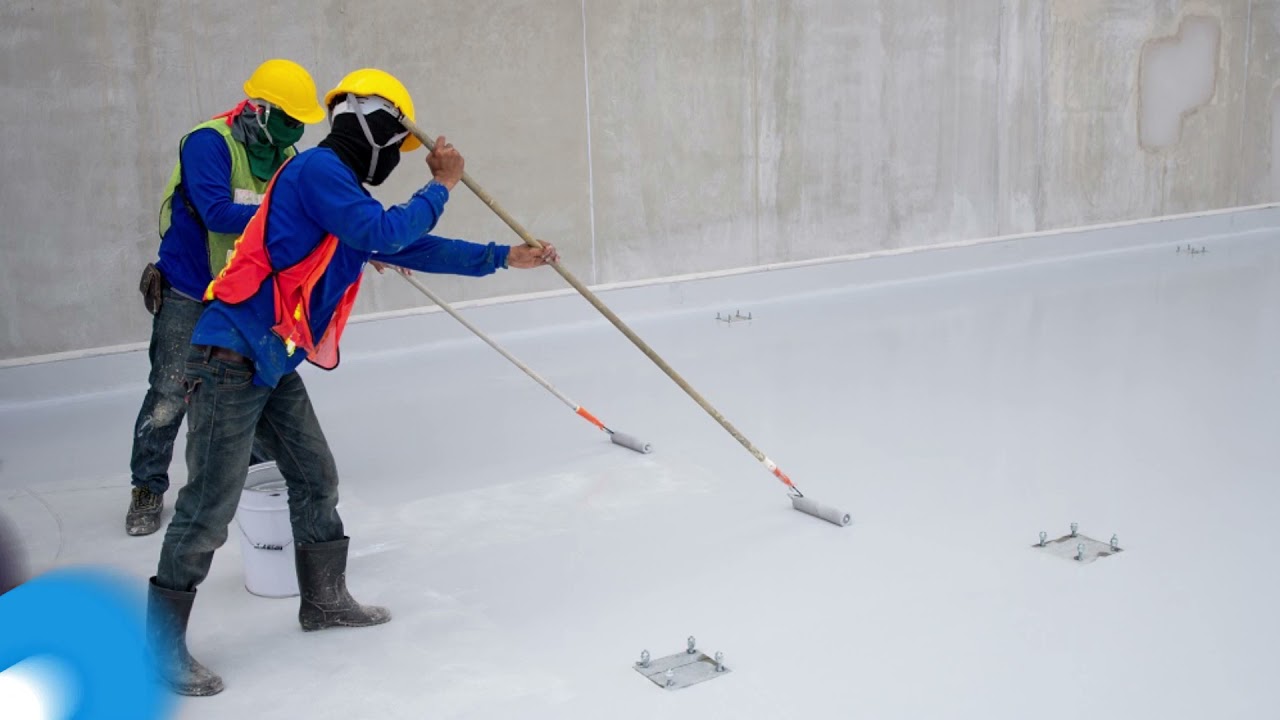
Heat Insulation Heat Proofing Pakistan, where scorching temperatures are a norm for a significant part of the year, effective heat insulation and heat proofing become crucial for comfortable living and energy efficiency. This article explores the best solutions available in Pakistan to combat heat, making living spaces more bearable and energy bills more manageable.
Heat Insulation Heat Proofing Pakistan are methods used to prevent heat transfer between the inside and outside of buildings, ensuring a comfortable indoor environment regardless of external temperatures. While insulation primarily slows down the transfer of heat, heat proofing involves techniques to reflect or dissipate heat effectively.
Challenges of Heat in Pakistan
Pakistan faces extreme heat during summer months, with temperatures often soaring above 40 degrees Celsius. This heat not only makes living conditions uncomfortable but also leads to increased energy consumption as cooling systems work harder to maintain indoor temperatures. Moreover, poorly insulated buildings exacerbate the problem, resulting in higher electricity bills and environmental impact.
Importance of Effective Insulation
Proper insulation is the first line of defense against heat gain in buildings. In Pakistan, several insulation materials are commonly used:
Polyurethane Foam
Known for its excellent thermal properties, polyurethane foam is widely used in Pakistan for its ability to provide effective insulation in various applications.
Extruded Polystyrene (XPS)
XPS insulation boards are moisture-resistant and offer high compressive strength, making them suitable for both residential and commercial buildings.
Reflective Insulation
Reflective insulation materials, such as aluminum foil, are popular for their ability to reflect radiant heat, keeping indoor spaces cooler.
Popular Materials Used for Heat Proofing
Heat-Reflective Roof Coatings
These coatings are applied to rooftops to reflect sunlight and prevent heat absorption, thus reducing indoor temperatures.
Heat-Resistant Paints
Specialized paints formulated to resist heat can be applied to walls and roofs to provide a protective barrier against high temperatures.
Case Studies: Successful Heat Proofing Projects in Pakistan
Karachi Heatwave Emergency Plan
Implemented heat proofing measures in public buildings and homes to mitigate the impact of extreme heat waves in Karachi.
Lahore Smart City Initiative
Integrated heat-resistant materials and technologies into the infrastructure development of Lahore to create a more livable and sustainable city.
Advantages of Opting for Professional Heat Proofing Services
Expertise
Professional services ensure proper installation and long-term effectiveness of heat proofing solutions.
Warranty
Many professional services offer warranties, providing peace of mind and assurance of quality.
Customization
Professionals can assess individual needs and recommend customized solutions for maximum efficiency.
DIY Heat Insulation Methods for Homeowners
Sealing Air Leaks
Caulk or weatherstripping can be used to seal gaps and cracks around windows, doors, and other openings to prevent heat transfer.
Installing Insulation
DIY-friendly insulation materials, such as fiberglass batts or spray foam kits, can be used to insulate attics, walls, and floors.
Applying Reflective Roof Coatings
Homeowners can apply reflective coatings to rooftops to reduce heat absorption and lower indoor temperatures.
How to Choose the Right Heat Insulation Solution
When selecting a heat insulation or heat proofing solution, several factors need to be considered, including
-
Climate conditions
-
Building design and materials
-
Budget constraints
-
Energy efficiency goals
FAQ
What distinguishes heat proofing from heat insulation?
Heat insulation slows down the transfer of heat, while heat proofing involves techniques to reflect or dissipate heat effectively.
How much can I save on energy costs if my insulation is adequate?
Proper insulation can lead to significant savings on energy bills, often up to 30% or more, by reducing the need for heating and cooling.
Are DIY heat insulation methods effective?
While some DIY methods can provide temporary relief, professional insulation services typically offer more durable and effective solutions.
Conclusion
In Pakistan, where extreme heat is a common challenge, investing in quality heat insulation and heat proofing solutions is essential for comfortable living, energy efficiency, and sustainability. By choosing the right materials and techniques, homeowners and businesses can significantly reduce their reliance on cooling systems, lower energy bills, and create healthier indoor environments for all.





